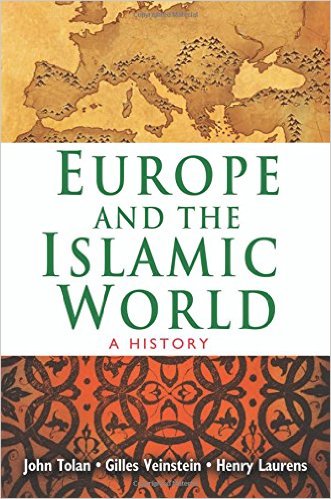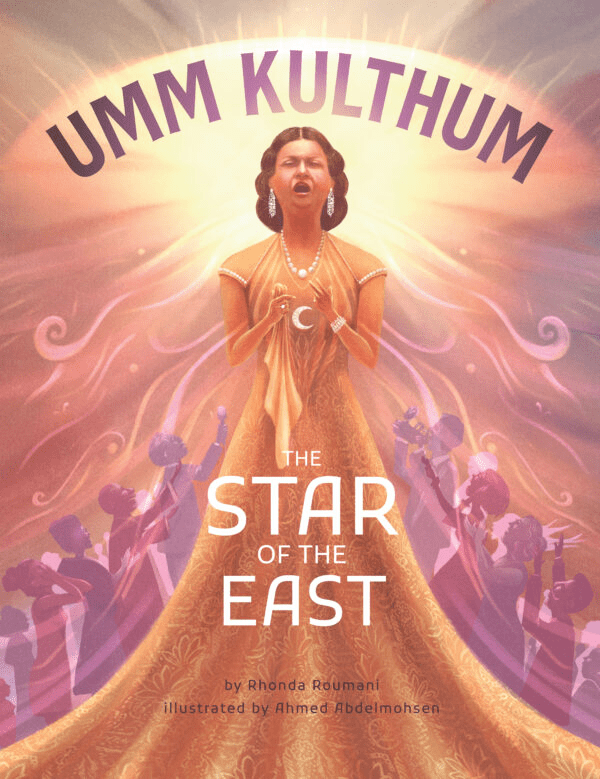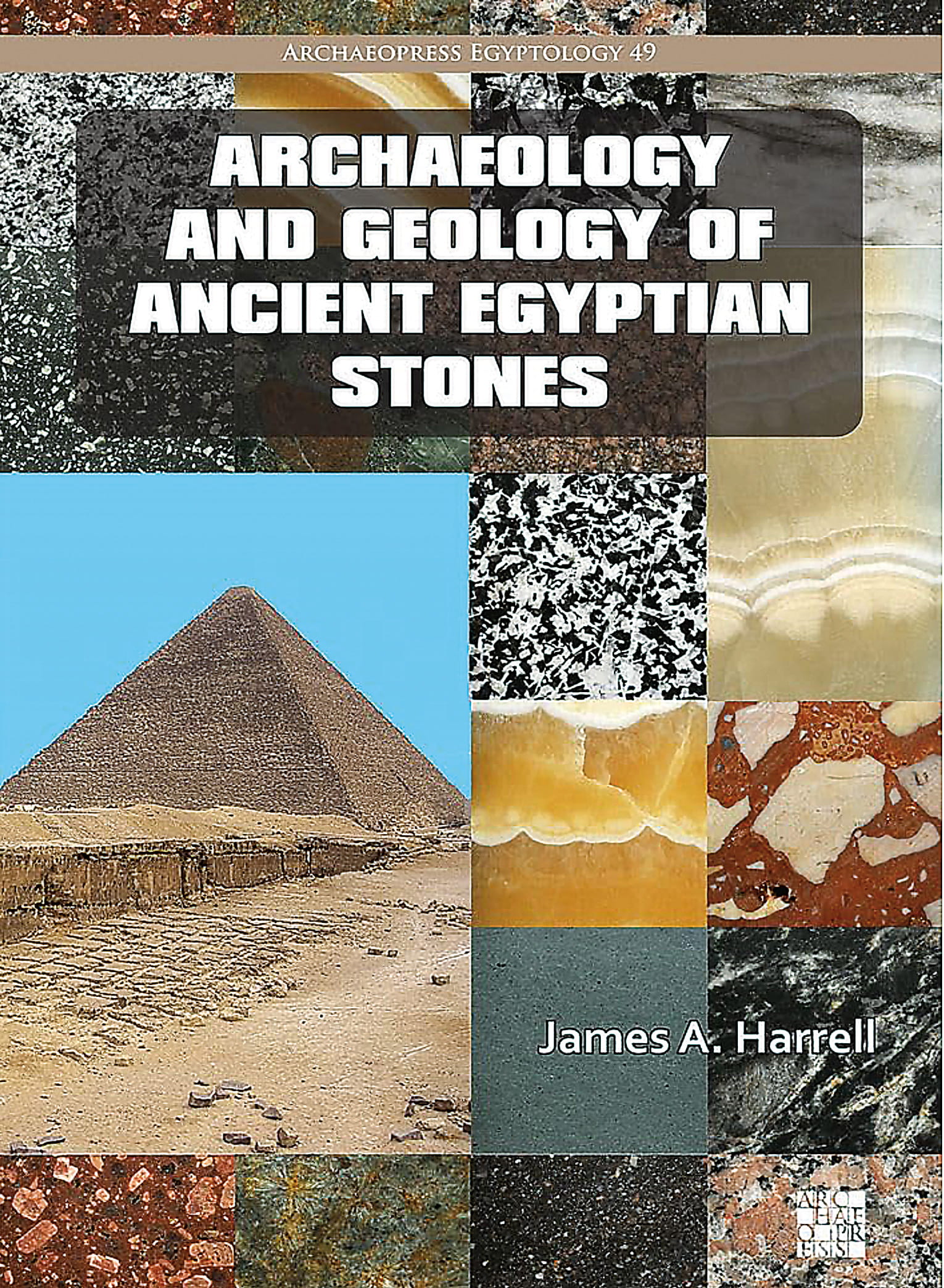
Europe and the Islamic World: A History
Robert W. Lebling
John Tolan, Gilles Veinstein and Henry Laurens
2013, Princeton UP, 978-0-69114-705-5, $39.50 hb.
Three accomplished western historians seek to demonstrate that Islam and the West are part of an essentially similar culture, and that there has never been a “clash of civilizations” (an influential and controversial theory propounded in 1993 by Samuel Huntington). They lean toward Richard Bulliet’s theory of the “Islamo-Christian civilization,” drawing on the religious, cultural and intellectual heritage of the ancient Mediterranean and the Middle East and fostered by centuries of migration and trade. They do not posit a grand theory, instead concentrating on, for example, dealings between the Genoese and Tunisians, the Catalans and Maghrebis, and the cultural capitals of Constantinople and Alexandria. Tolan focuses on the medieval period, Veinstein on the 15th-18th centuries and Laurens on the contemporary era: All show the Mediterranean and the Middle East in near-constant states of cross-fertilization. The classical Greeks learned science and art from ancient Babylon and Egypt. A millennium and a half later, the Abbasid empire, based in Mesopotamia, translated Greek classics into Arabic and reabsorbed their knowledge into the Middle East. The authors demonstrate that the ebb and flow of human knowledge, culture and social relationships is tidal and, ultimately, relentless.
You may also be interested in...

Children’s Book Documents Rise of Umm Kulthum, Egypt’s Star of the East, As Declaration of National Identity
Illustrator Rhonda Roumani presents an illustrative biography of legendary Egyptian singer and cultural icon Umm Kulthum.
Archaeology and Geology of Ancient Egyptian Stones
Spanning three decades of fieldwork, Archaeology and Geology of Ancient Egyptian Stones is as vast as its subject: the stones ancient Egyptians used to shape their civilization.